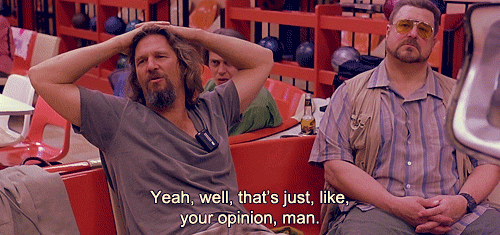wobbly
Occasional Scribbler
- Joined
- Dec 6, 2002
- Messages
- 10,423
- Reaction score
- 681
- Points
- 103
Why would the other way make less sense? It eventually becomes second nature to him like breathing, and he can turn his clinging effect off and on at will. More believable than microscopic hair being able to carry his whole body weight, or not getting torn out, when someone forcefully tries to rip him off a wall.
Proportionately real spiders adhesion to surfaces is actually very powerful: They can support over 100 times their own weight (and they obviously can turn this sticking on and off at will too).
The actual process is called 'van der Waals forces', caused by moving electrons that create hot spots of attraction between nearby molecules (yes, this is real world physics, I looked it up
 ).
).Oddly enough this sticking is more akin to how a Ghecko sticks to things than it is to how insects do it.
Scale that up for a human Peter could easily hold his own weight, and if pulled off a wall by something strong enough then the sections of the wall where his hands and feet are would come away with him (that has been done in the books btw).
So either idea, some form of localised static cling, or little hairs (or secae), works as a psuedo scientific explanation (best you can do with comic books stuff when the realism card is played). Where the little hairs don't hold up so well is that fabric, even if it's a fine layer, is still getting in the way of them, ie: put tiny little mittens on a spiders feet I don't think the little bugger will be climbing anything.
I suppose the get out there would be to say Spider-Mans secae are bigger, can extend further, but are still small enough that they can penetrate his suits fabric with ease without damaging it.


